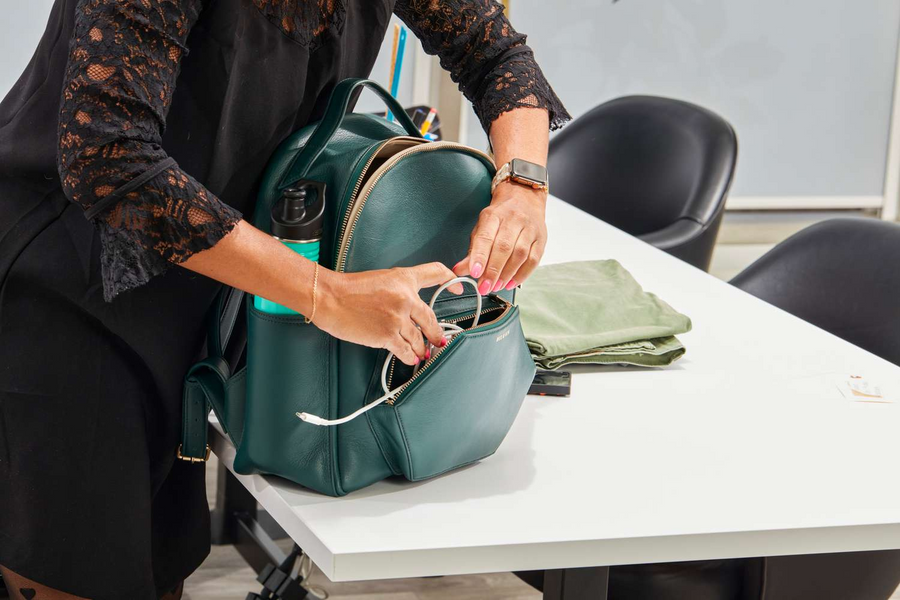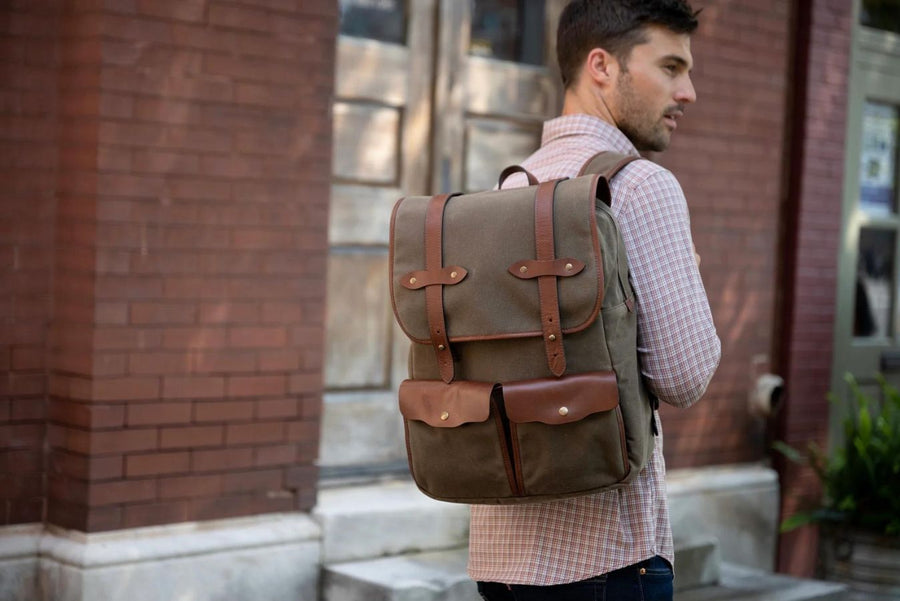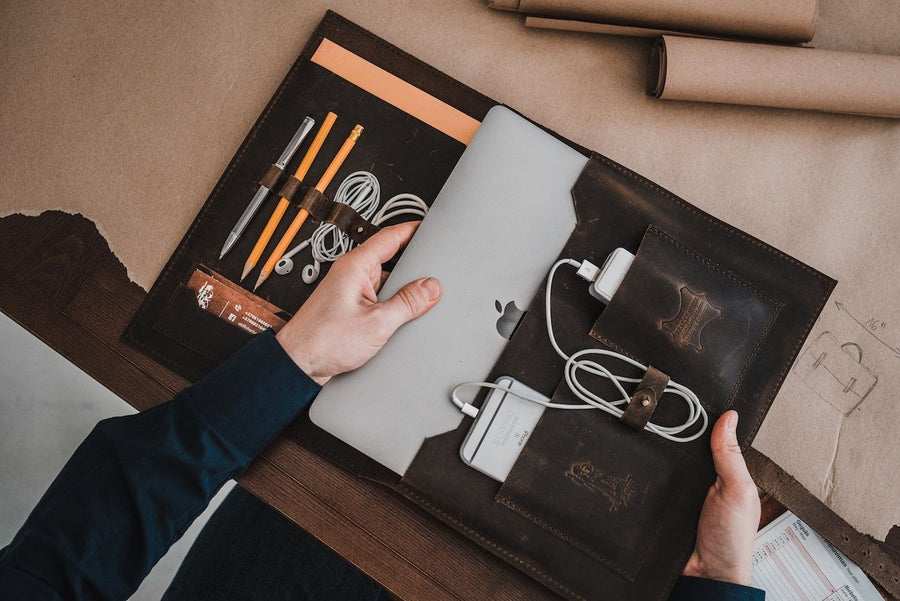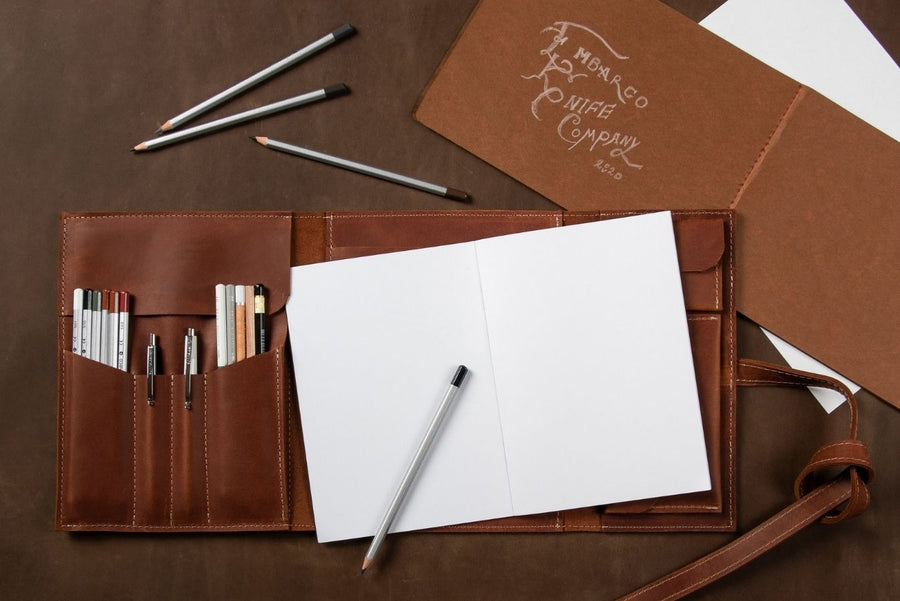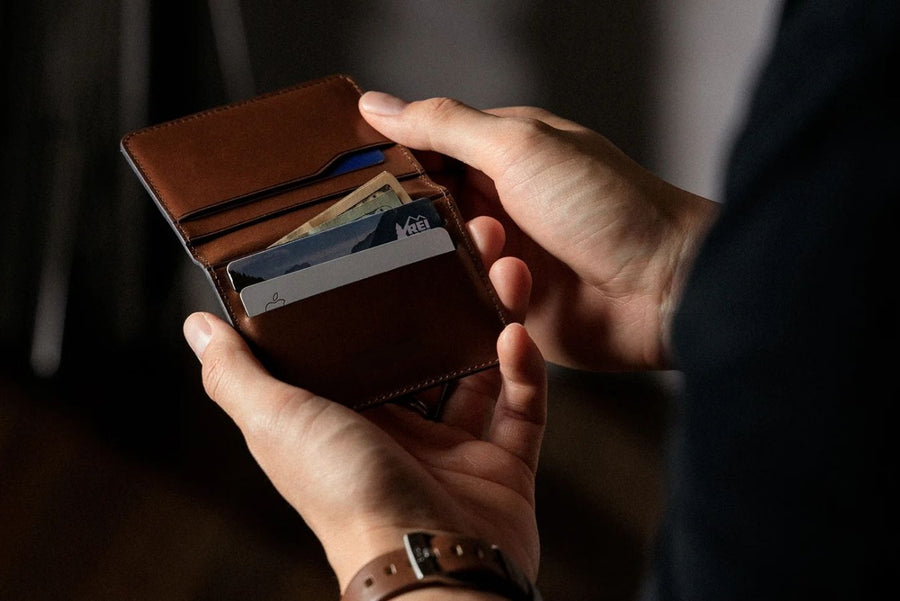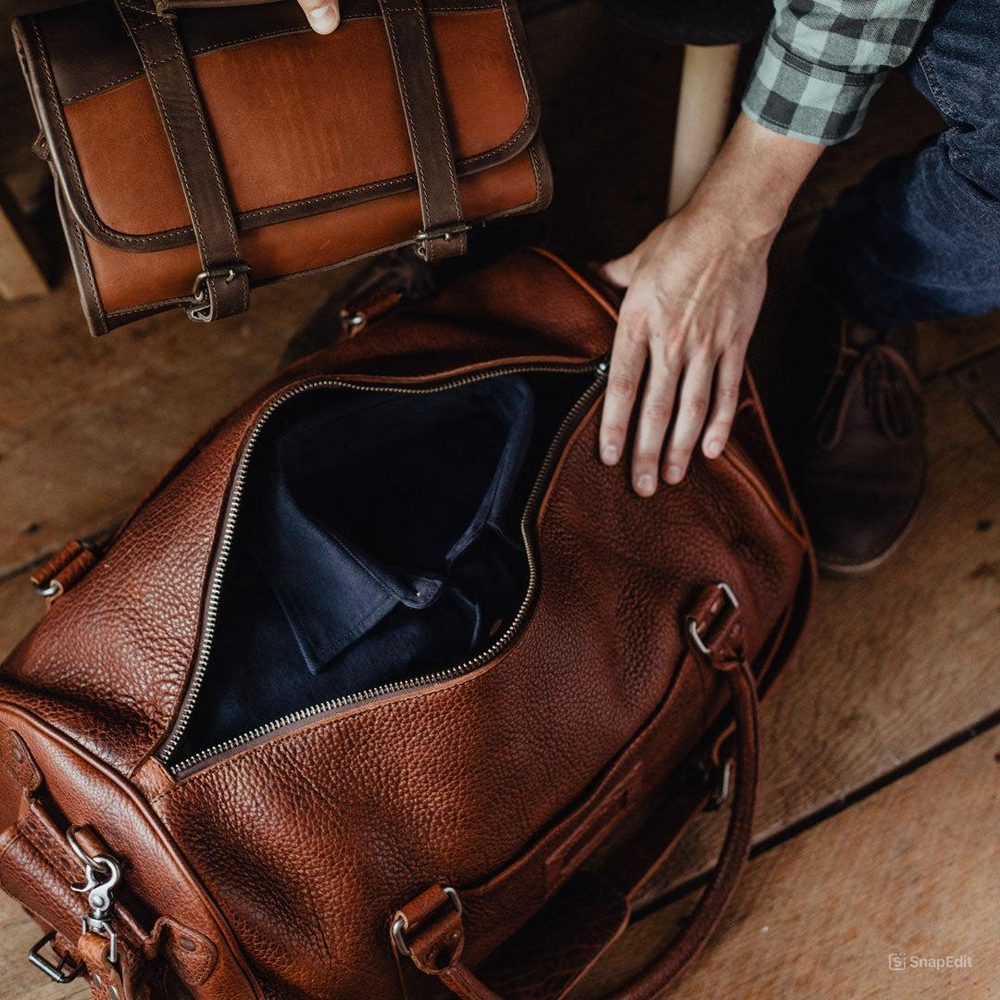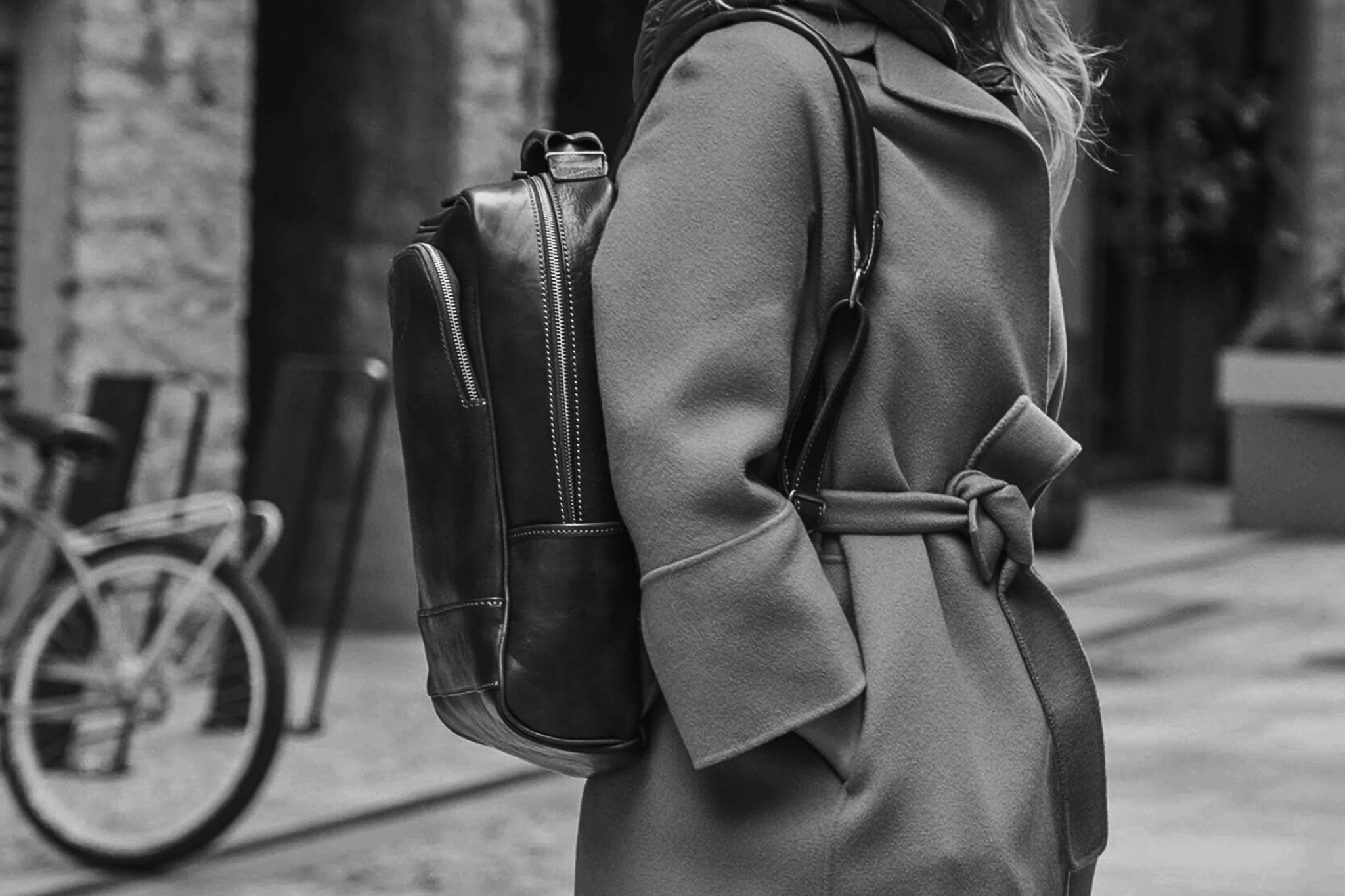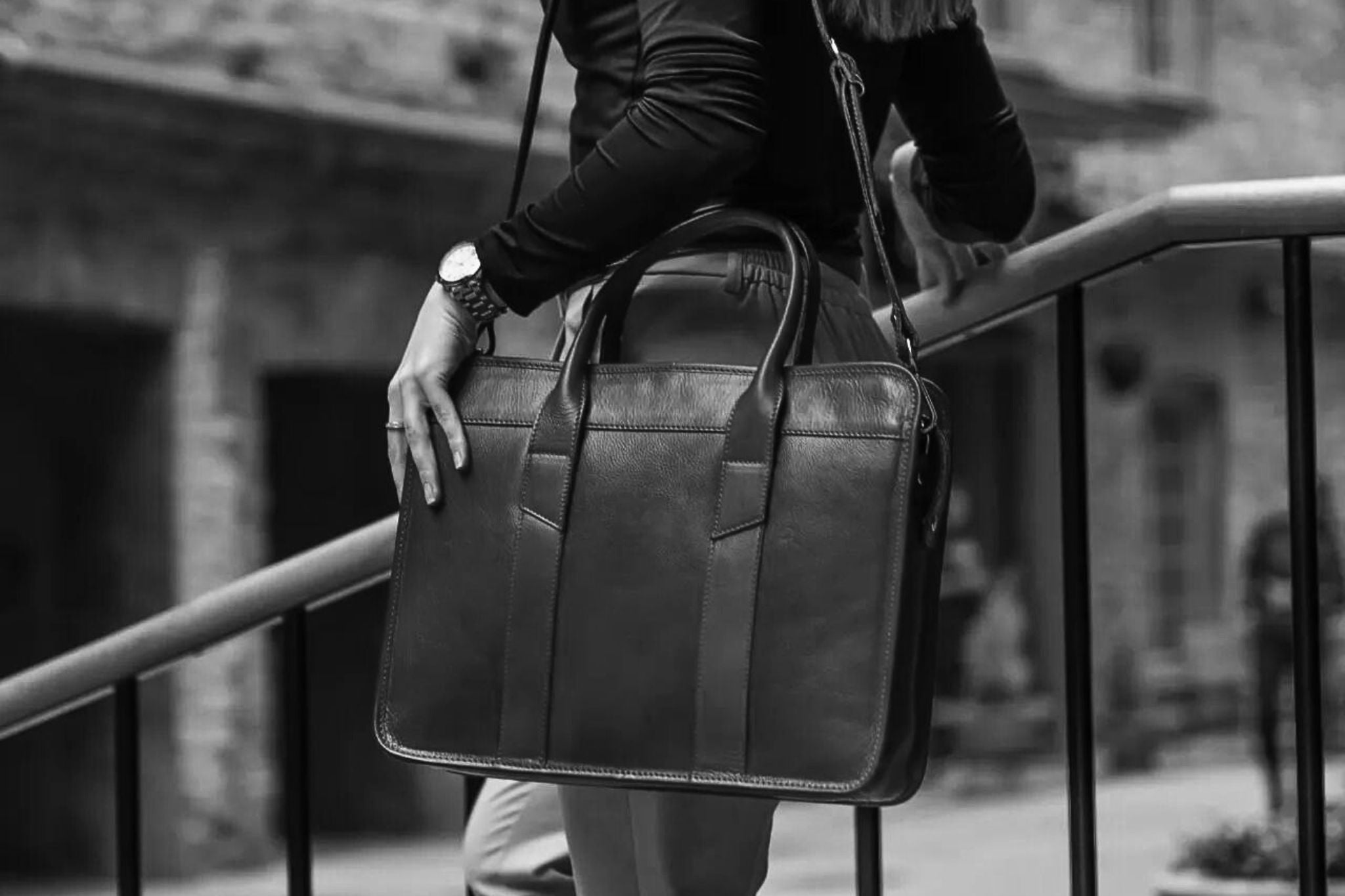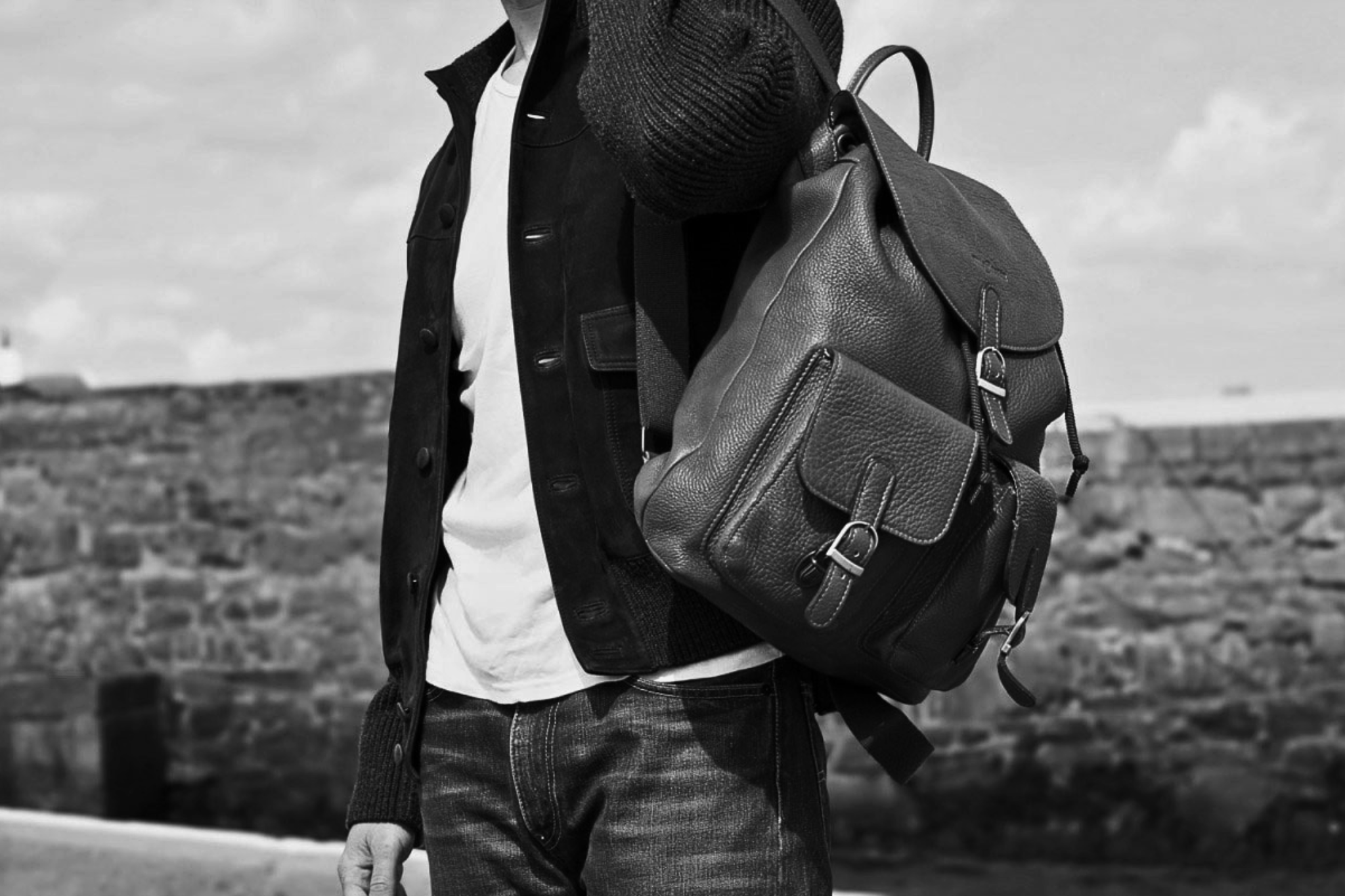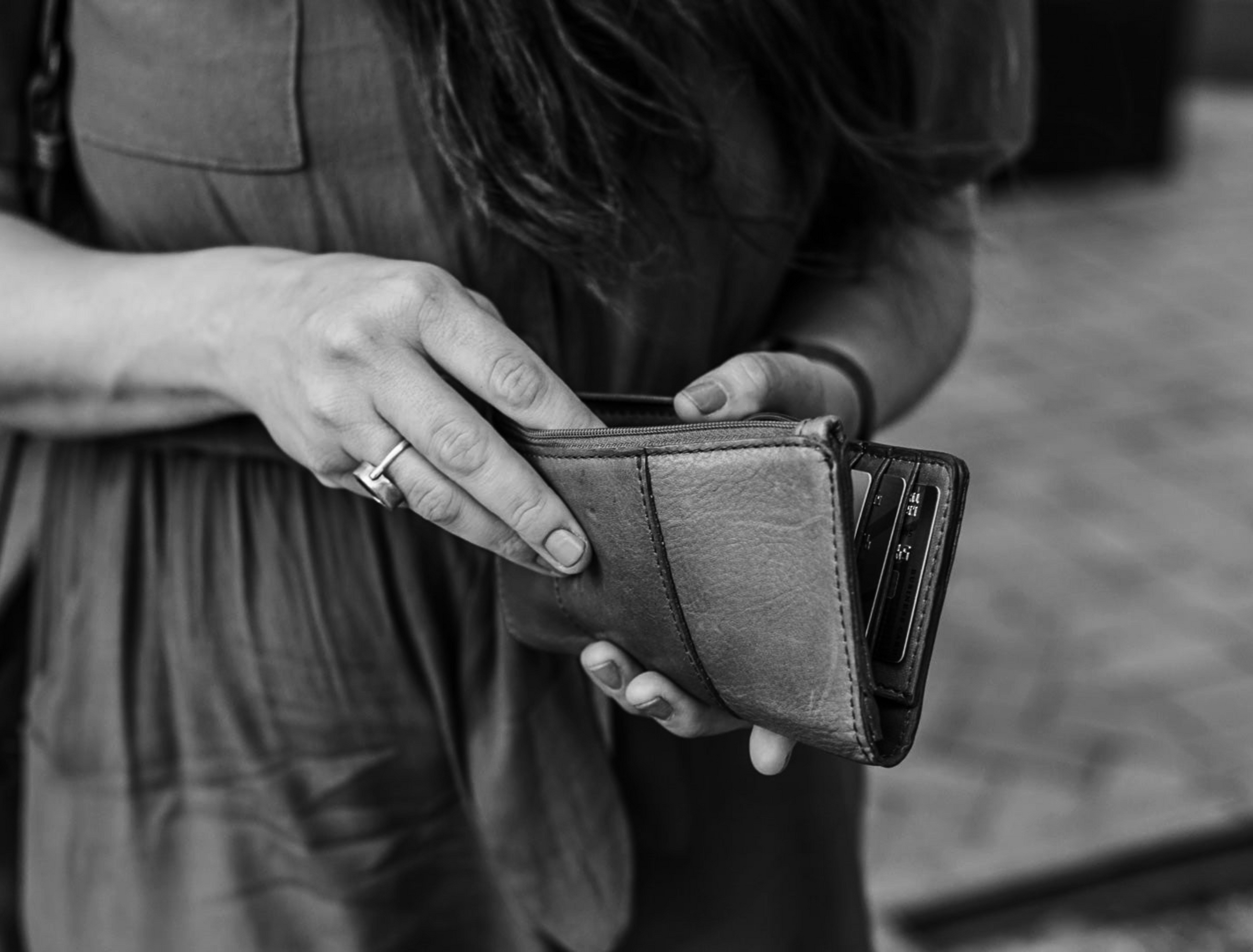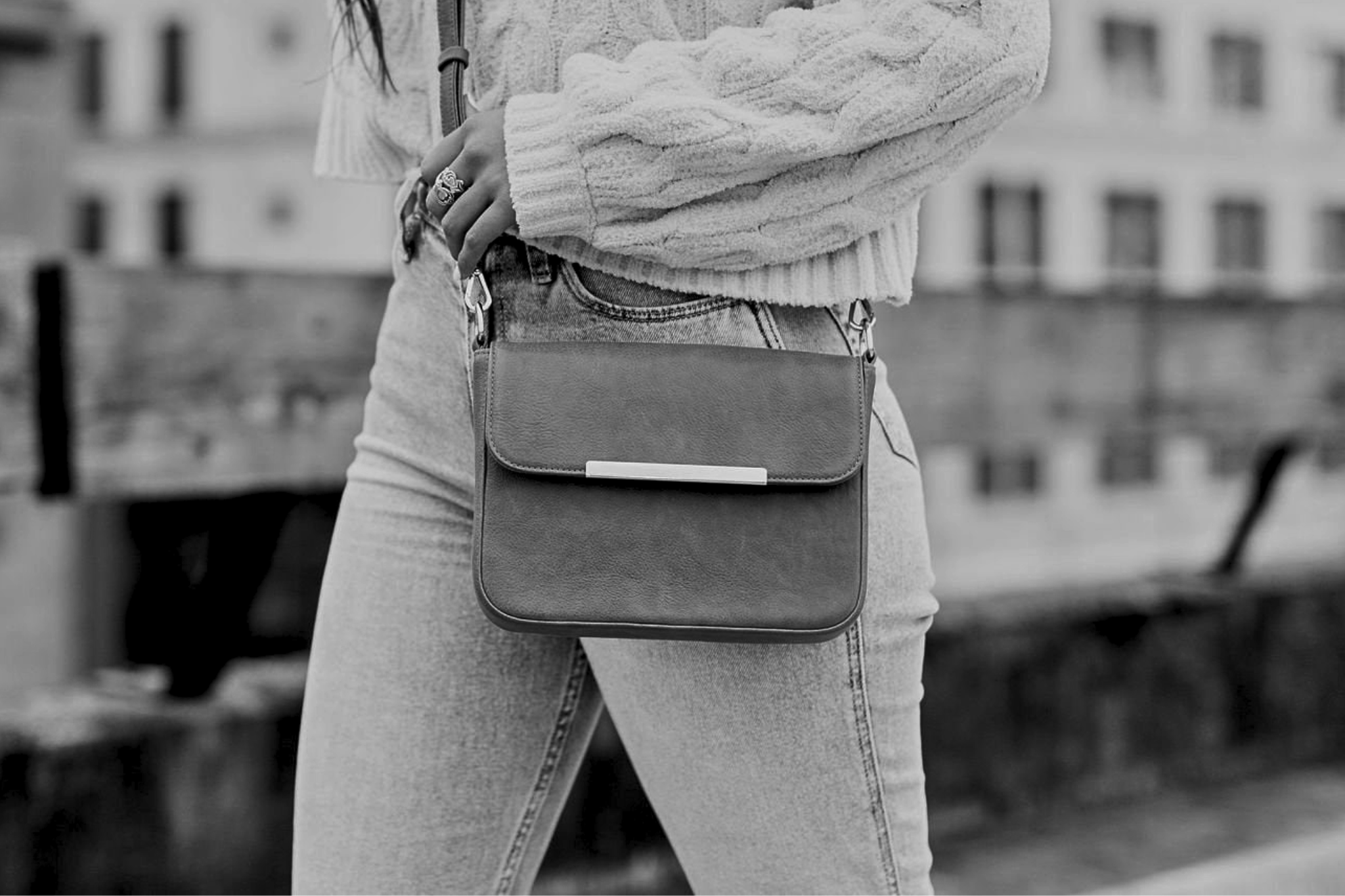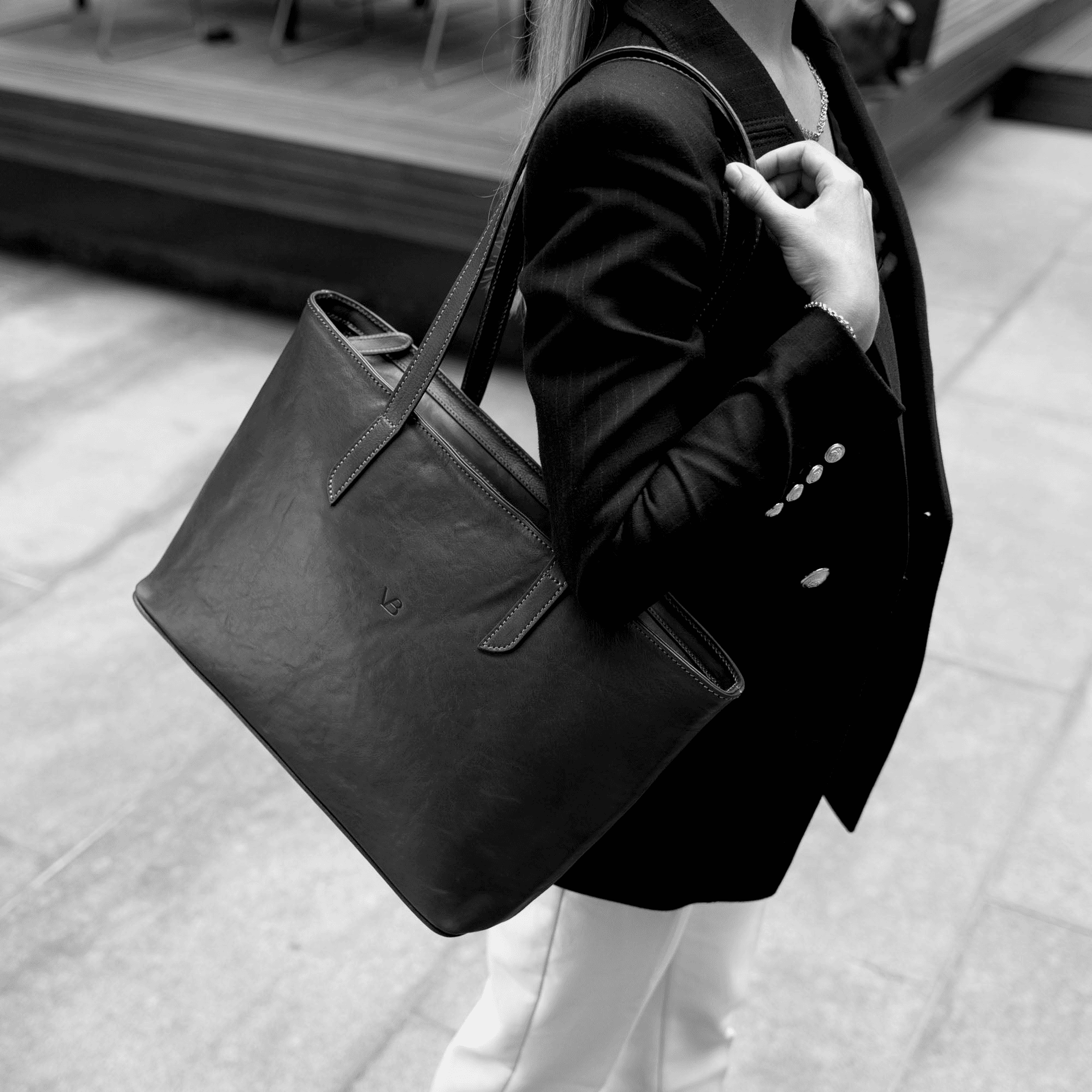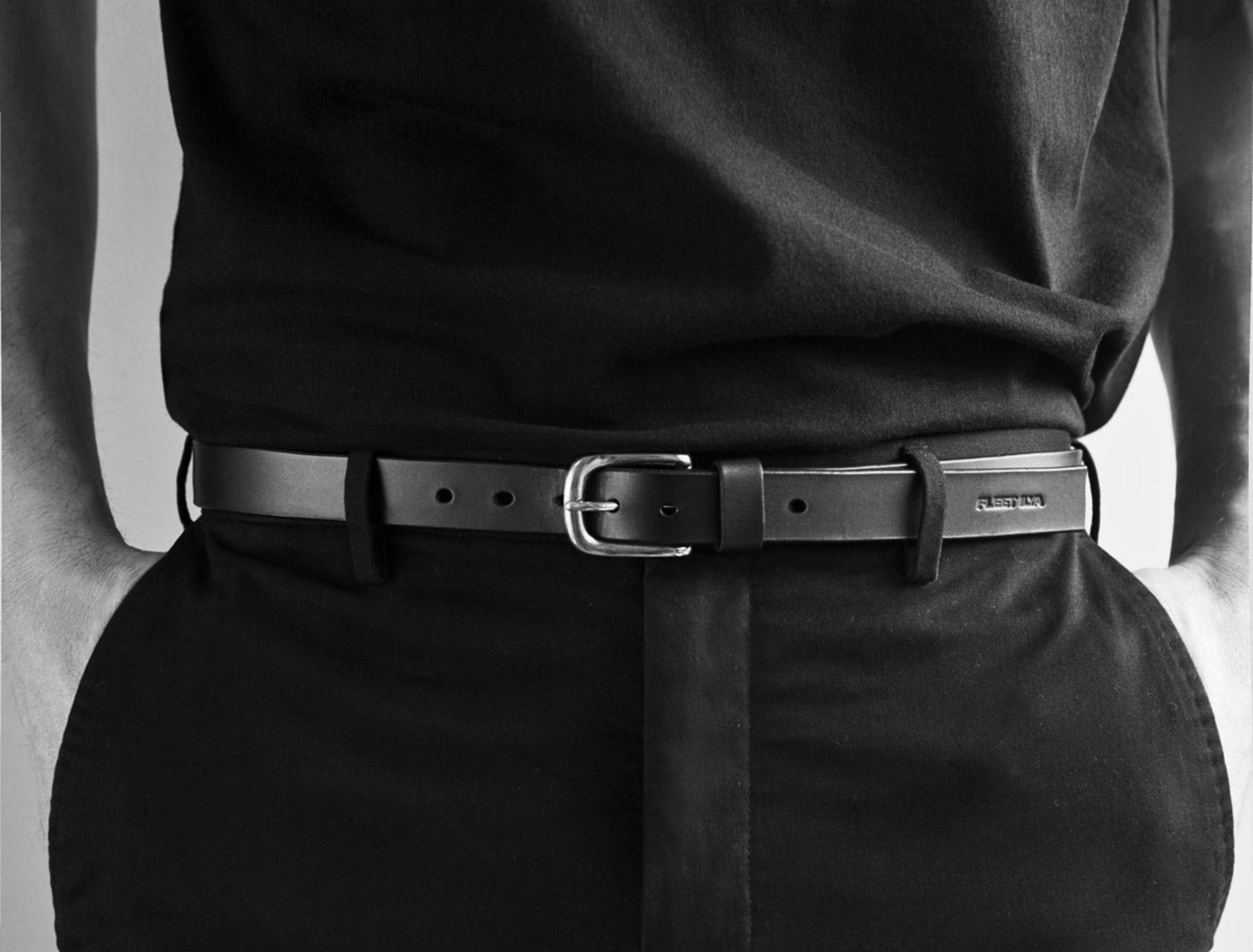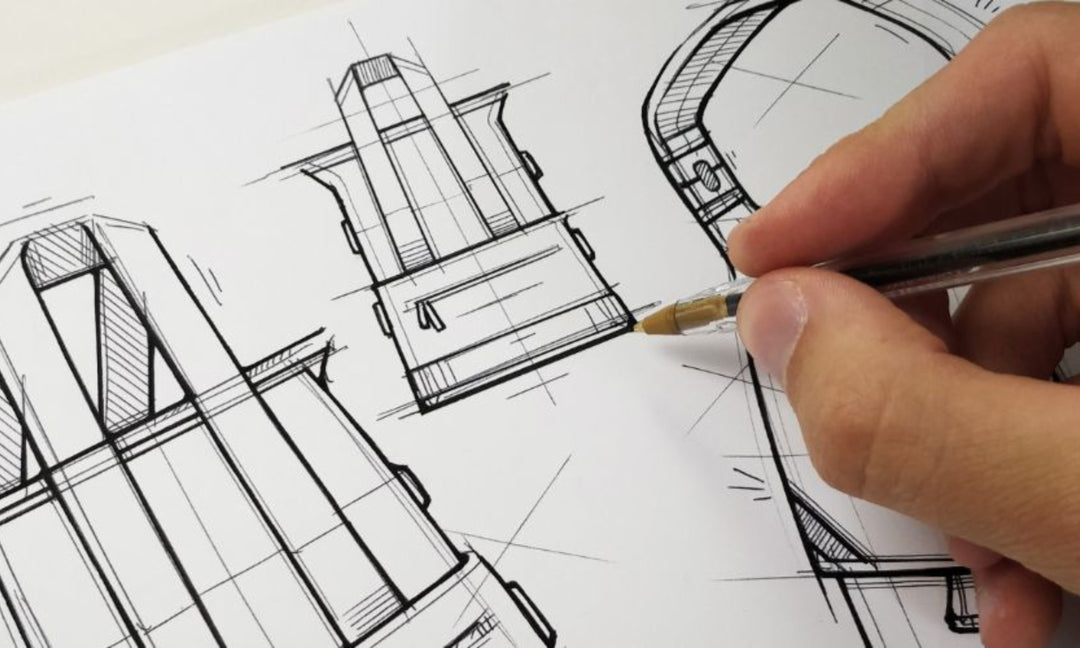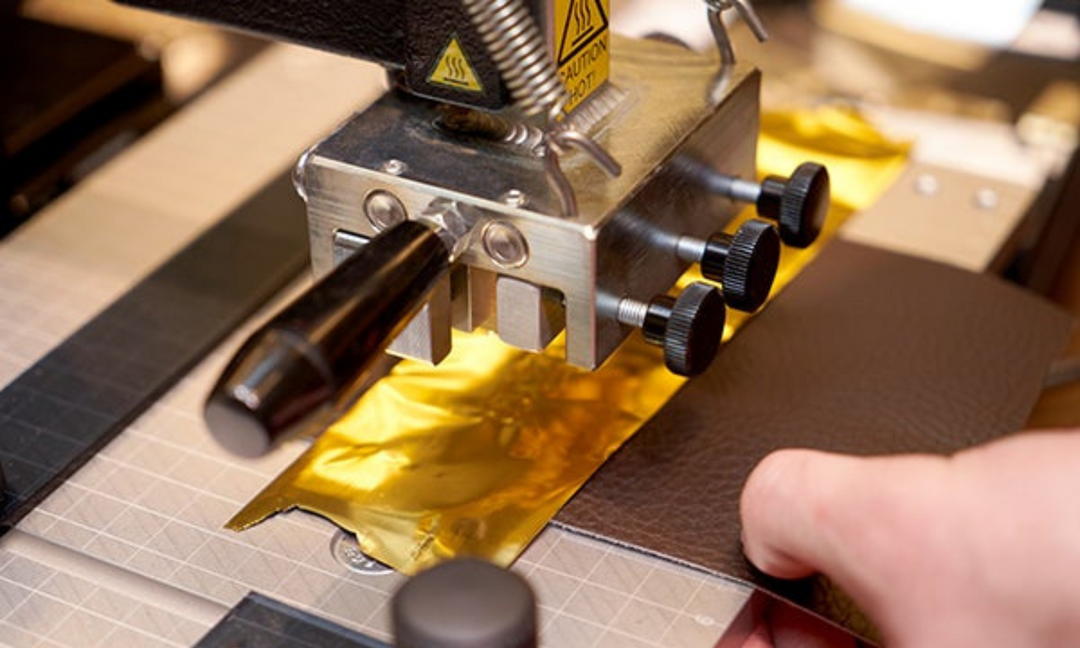The story behind the stitching: artisans who bring boho leather bags to life
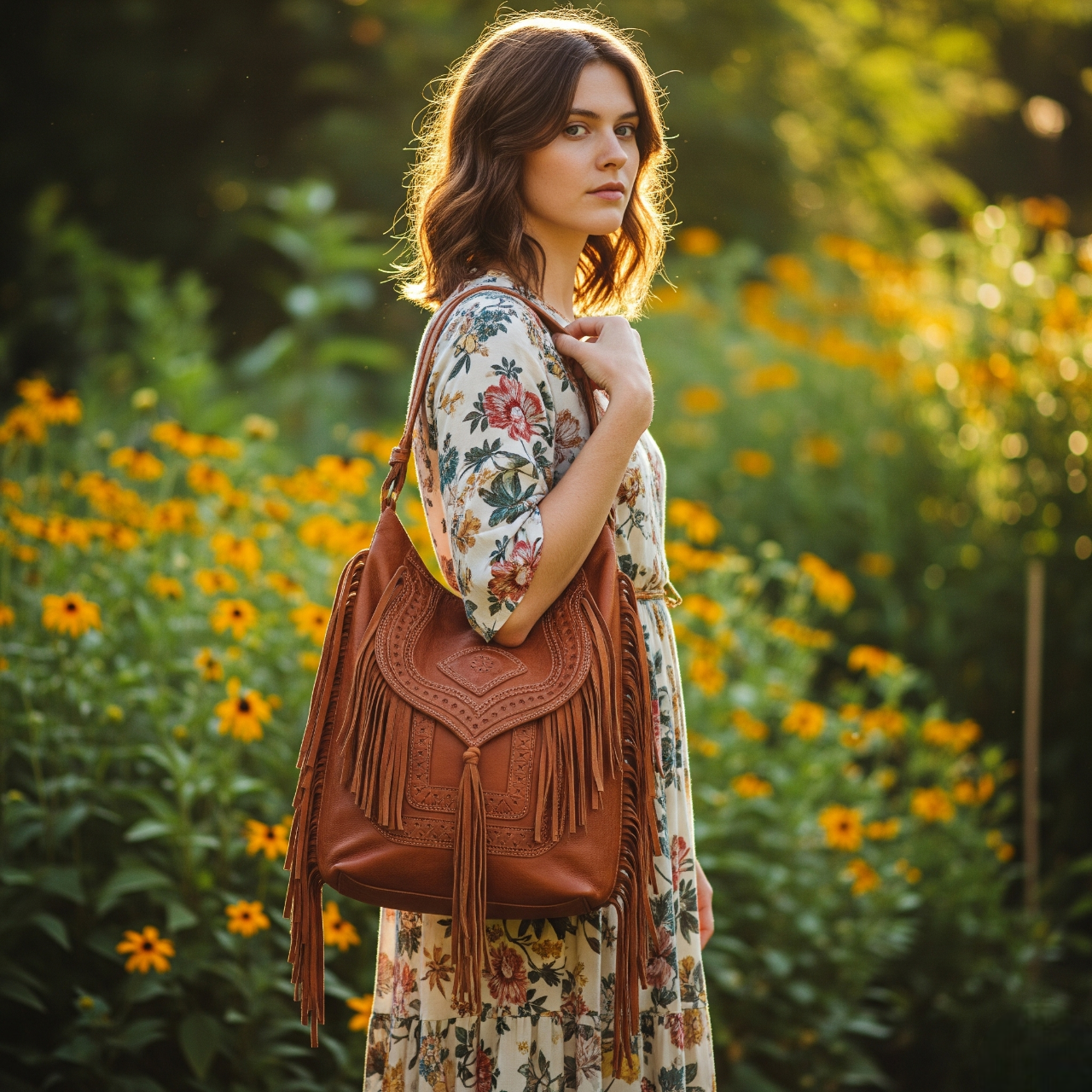
In a world where mass production dominates the fashion industry, boho leather bags stand apart—not just for their free-spirited style, but for the craftsmanship behind every stitch. These bags are more than accessories; they are handmade stories, woven with tradition, care, and cultural heritage.
At the heart of each piece are the artisans—the skilled hands that cut, dye, stitch, and assemble leather into wearable works of art. Here’s a closer look at the people, processes, and purpose behind the boho leather bags we love.
The story behind the stitching: artisans who bring boho leather bags to life
1. What makes boho leather bags so special?
Boho-style leather bags reflect an aesthetic that’s both laid-back and deeply expressive. But beyond fringe, earthy tones, and artisanal hardware, what truly sets them apart is their handcrafted soul.
Key design elements:
-
Soft, naturally tanned leather that ages beautifully
-
Intricate hand-stitching or whipstitching patterns
-
Embossed or engraved motifs rooted in tradition
-
Braids, tassels, and fringe that reflect a free-spirited lifestyle
-
Intentional imperfections that tell a story of human touch
Each detail is a testament to slow fashion and intentional design.

2. Meet the makers: who are the artisans behind the bags?
Behind every boho leather bag is a community of skilled craftspeople—many of whom have inherited their techniques through generations.
Where they're found:
-
Rural workshops in India and Morocco, where leatherworking is a family legacy
-
South American artisan collectives, blending indigenous patterns with modern form
-
European leather ateliers, preserving centuries-old saddle-stitch methods
-
Independent makers in the U.S. and Australia, creating limited-run, bespoke bags
Their expertise: From tanning hides to carving decorative details, these artisans infuse every step with care, storytelling, and a connection to their roots.
3. The process: from hide to handbag
Creating a handmade boho leather bag is a labor-intensive journey—often taking several hours or even days per piece.
Step-by-step craftsmanship:
-
Leather selection: Artisans choose hides for grain, flexibility, and texture
-
Hand cutting: Patterns are traced and cut without machines, ensuring precision
-
Tooling or embossing: Decorative motifs are carved or stamped by hand
-
Hand stitching: Often using waxed thread and saddle stitching for durability
-
Detail work: Fringe, rivets, tassels, or beads are added with care
-
Dyeing and finishing: Natural oils or vegetable-based dyes are used for rich color and patina
Result: A one-of-a-kind bag where no two are ever exactly alike.

4. Sustainability through craft
Many artisan-made leather bags are created with eco-conscious values—using full-grain or vegetable-tanned leather, repurposed materials, and small-batch production.
Ethical practices include:
-
Zero-waste cutting techniques
-
Natural tanning processes without harsh chemicals
-
Supporting fair trade wages and safe workshop environments
-
Long-lasting quality that encourages fewer, better purchases
In a fast fashion world, these bags offer a slower, more sustainable story.
5. The emotional connection of handmade
Consumers today don’t just want beautiful things—they want meaningful connections. Knowing that your bag was crafted by an artisan with a name, a history, and a story brings a sense of value and mindfulness.
Why it matters:
-
It encourages conscious consumerism
-
Builds appreciation for traditional skills
-
Strengthens small economies and craft communities
-
Turns a fashion piece into a personal heirloom
Owning a handmade boho leather bag is like carrying a piece of heritage.

Final thought: stitching that speaks
From the curve of every seam to the touch of aged leather, boho leather bags tell a story—not just of style, but of people. They remind us that fashion can be soulful, that craft still matters, and that beauty lives in the hands of those who create with care.
So next time you sling a hand-stitched boho bag over your shoulder, remember: you’re not just carrying a bag—you’re carrying a story.
